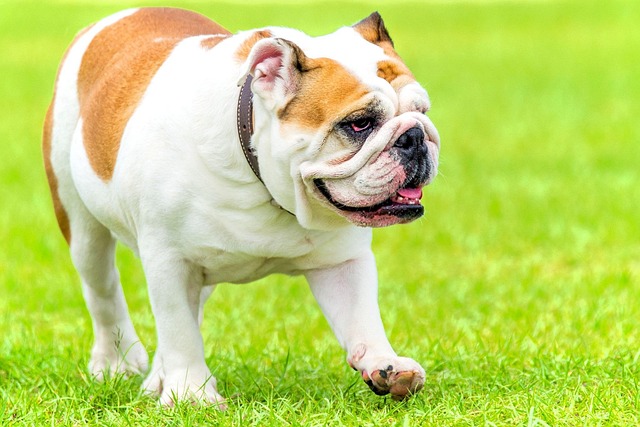
What Is the Best Training for an Aggressive Dog? Empathy-Based Methods
Aggression in dogs often stems from fear, not dominance. Empathy-based training transforms behavior by addressing root causes and building trust, not control.
Seeing your dog hesitate on the agility course can be disheartening. Agility is all about speed, enthusiasm, and teamwork, and getting your furry partner fired up isn’t just about having fun—it’s key to their performance. But motivation isn’t one - size - fits - all, and in many regions, understanding your dog’s unique needs aligns with responsible pet training practices.
Food rewards are a classic motivator, but it’s not just about any treat. High - value options like small pieces of cooked chicken, freeze - dried liver, or specialized agility - training treats work wonders. However, be mindful of portion sizes. In some areas, regulations around pet nutrition encourage balanced feeding, and over - rewarding can lead to weight gain. Use treats strategically, rewarding only when your dog nails a jump or successfully weaves through poles.
Toys can be even more powerful than food for some dogs. A favorite ball, frisbee, or tug toy becomes the ultimate prize at the end of an obstacle. Tossing the toy after a completed sequence creates a positive association with agility. Just make sure the toys are safe and durable. Many dog parks and training facilities have rules about the types of toys allowed to prevent choking hazards or injuries.
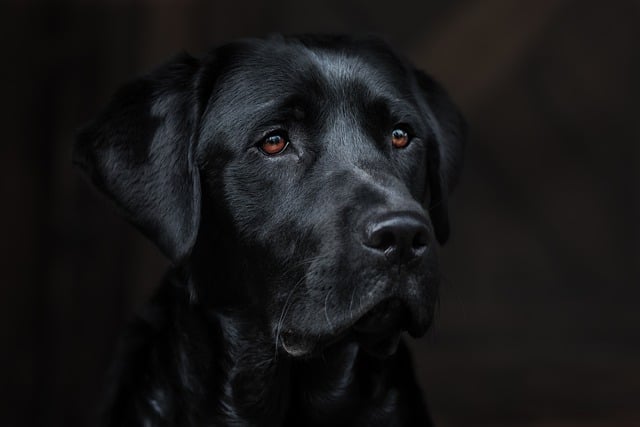 The way you train matters just as much as the rewards. Keep sessions short and sweet, around 10 - 15 minutes. Dogs, especially younger ones, have limited attention spans. Long, repetitive drills can quickly turn exciting training into a chore. In many communities, trainers recommend varying the order of obstacles to keep things fresh, which also helps prevent boredom - related lack of motivation.
The way you train matters just as much as the rewards. Keep sessions short and sweet, around 10 - 15 minutes. Dogs, especially younger ones, have limited attention spans. Long, repetitive drills can quickly turn exciting training into a chore. In many communities, trainers recommend varying the order of obstacles to keep things fresh, which also helps prevent boredom - related lack of motivation.
Your energy and enthusiasm are contagious. Cheer your dog on with an excited voice, clap your hands, and offer plenty of praise. A simple “good girl” or “great job” in an upbeat tone goes a long way. But remember, different dogs respond to different types of praise. Some thrive on physical affection like belly rubs, while others prefer a high - five. Pay attention to your dog’s body language to figure out what motivates them best.
If your dog seems uninterested despite your efforts, it might be time to take a step back. Health issues, stress, or even the wrong type of course setup could be to blame. In many places, animal welfare regulations emphasize the importance of listening to your pet’s cues. Consult a professional trainer or your vet to rule out any underlying problems and get personalized advice on boosting motivation.
Motivating your dog in agility is a journey of discovery. By understanding their preferences, following local training guidelines, and making every session a positive experience, you’ll not only see improvements in their performance but also strengthen the special bond you share. So grab those treats, pick up that toy, and get ready to watch your dog shine on the agility course.

Aggression in dogs often stems from fear, not dominance. Empathy-based training transforms behavior by addressing root causes and building trust, not control.
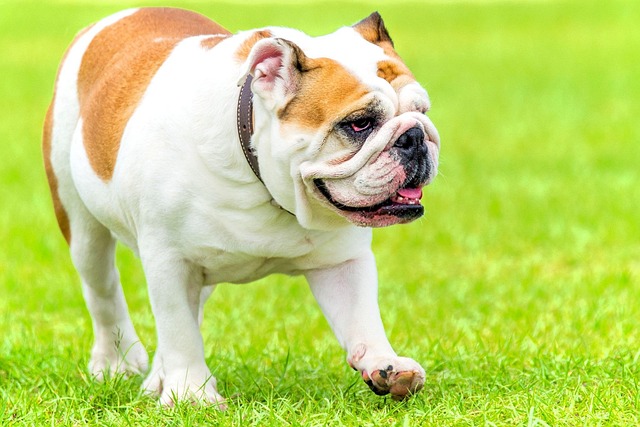
Wondering if your furry friend has what it takes to zoom through tunnels and leap over hurdles? It’s not just about speed and athleticism—though those help!
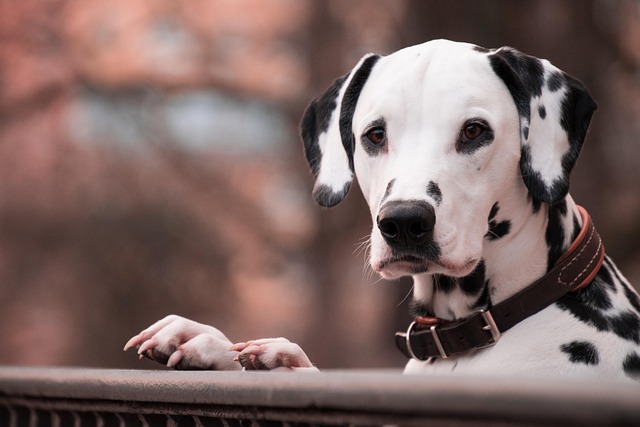
The excitement of watching dogs zip through obstacle courses makes every pet owner wonder: could my dog be an agility star? While the sport celebrates speed and skill, it’s not a one-size-fits-all activity.

Picture this: you're walking your rescue pup through a charming Boston neighborhood when a jogger approaches. Suddenly, your normally sweet dog lunges
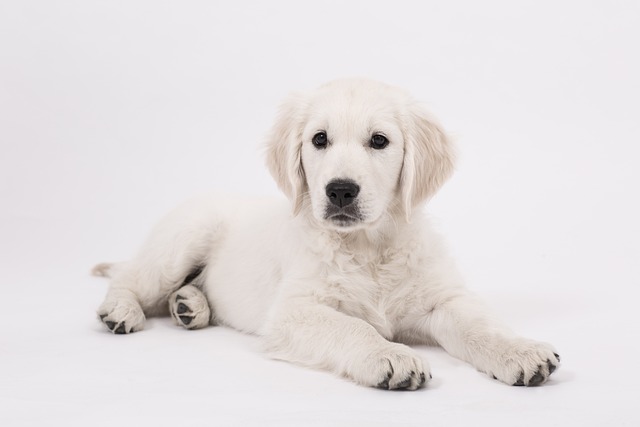
That sudden explosion of barking when the delivery driver approaches your porch isn't just jarring—it’s a natural alarm system gone haywire.
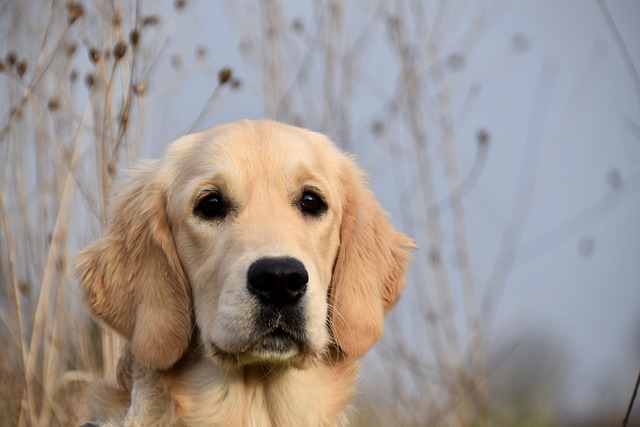
You’re standing at the front door, keys in hand, ready to head out for the day. But your dog’s whining and pacing make you hesitate